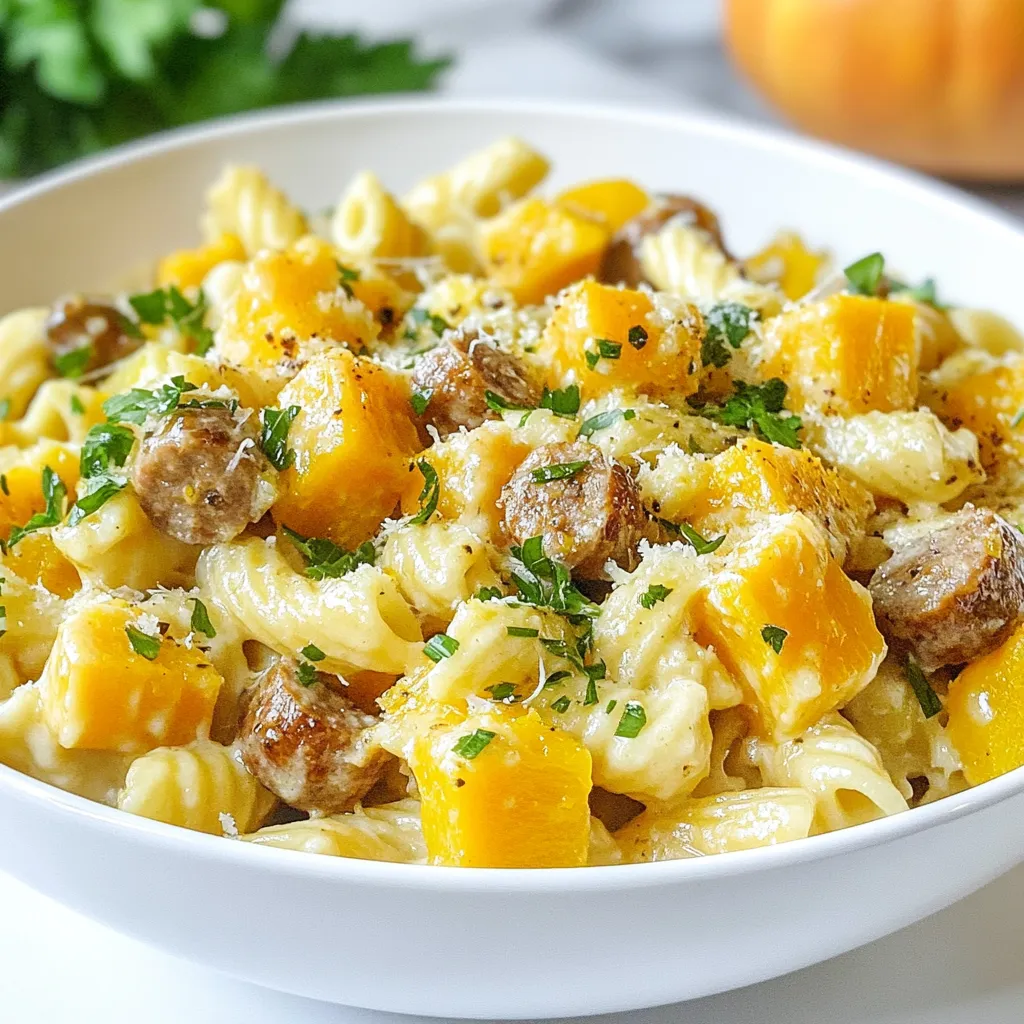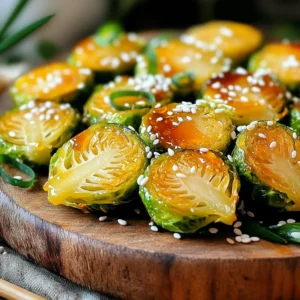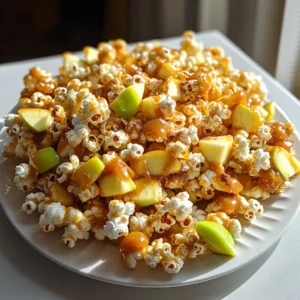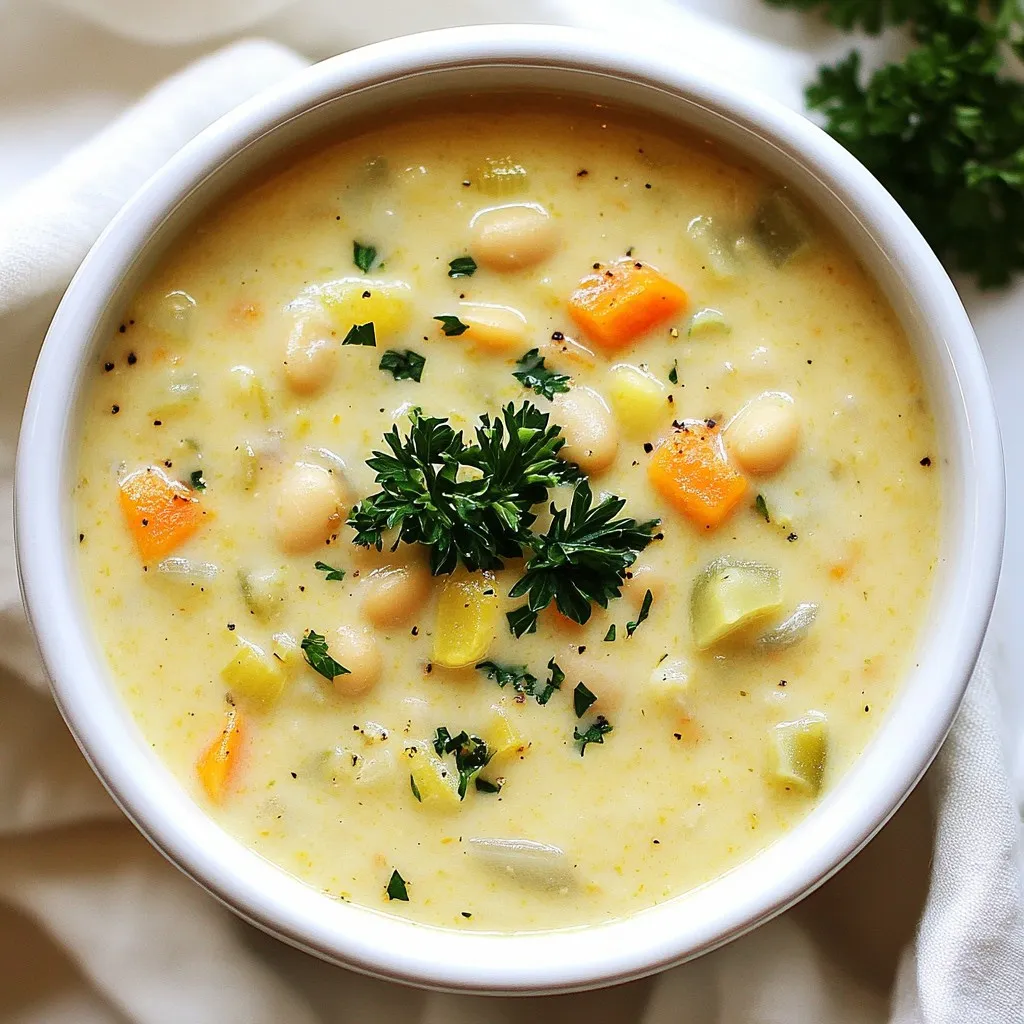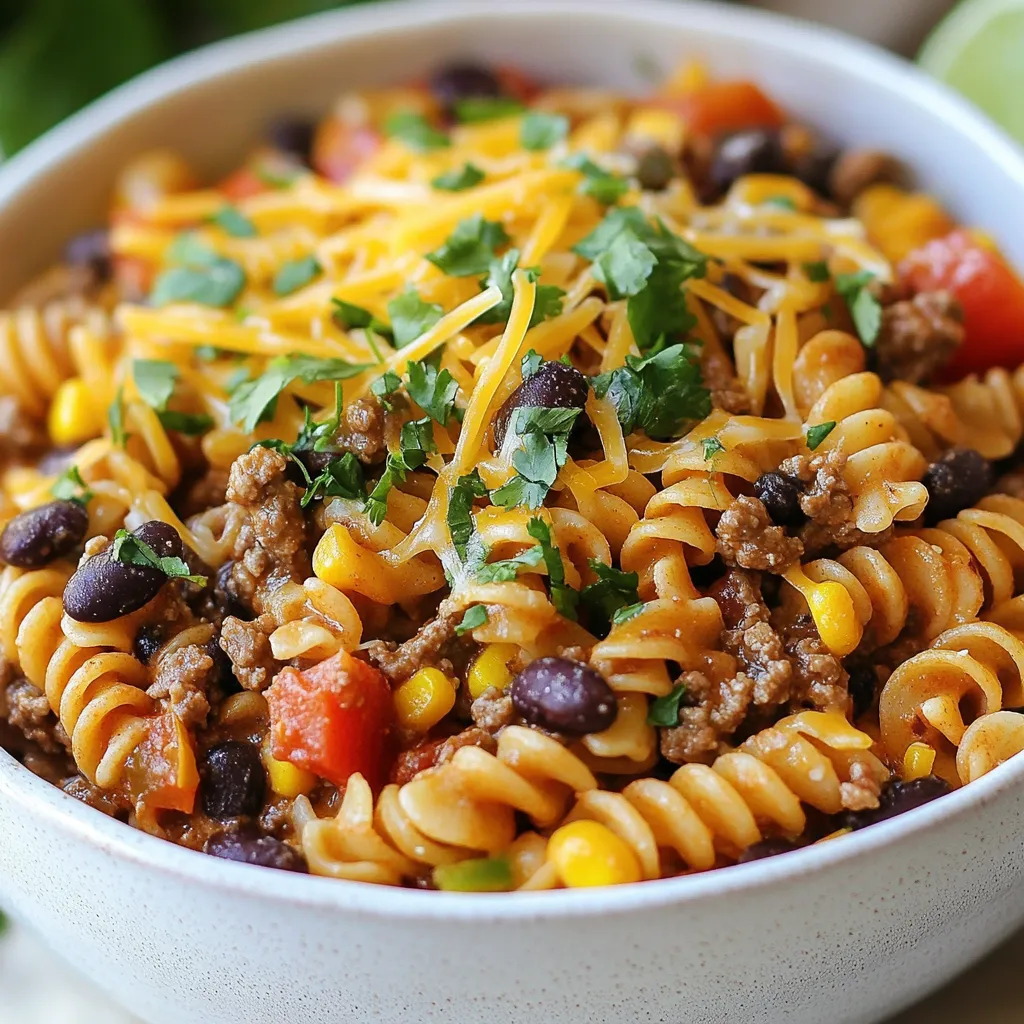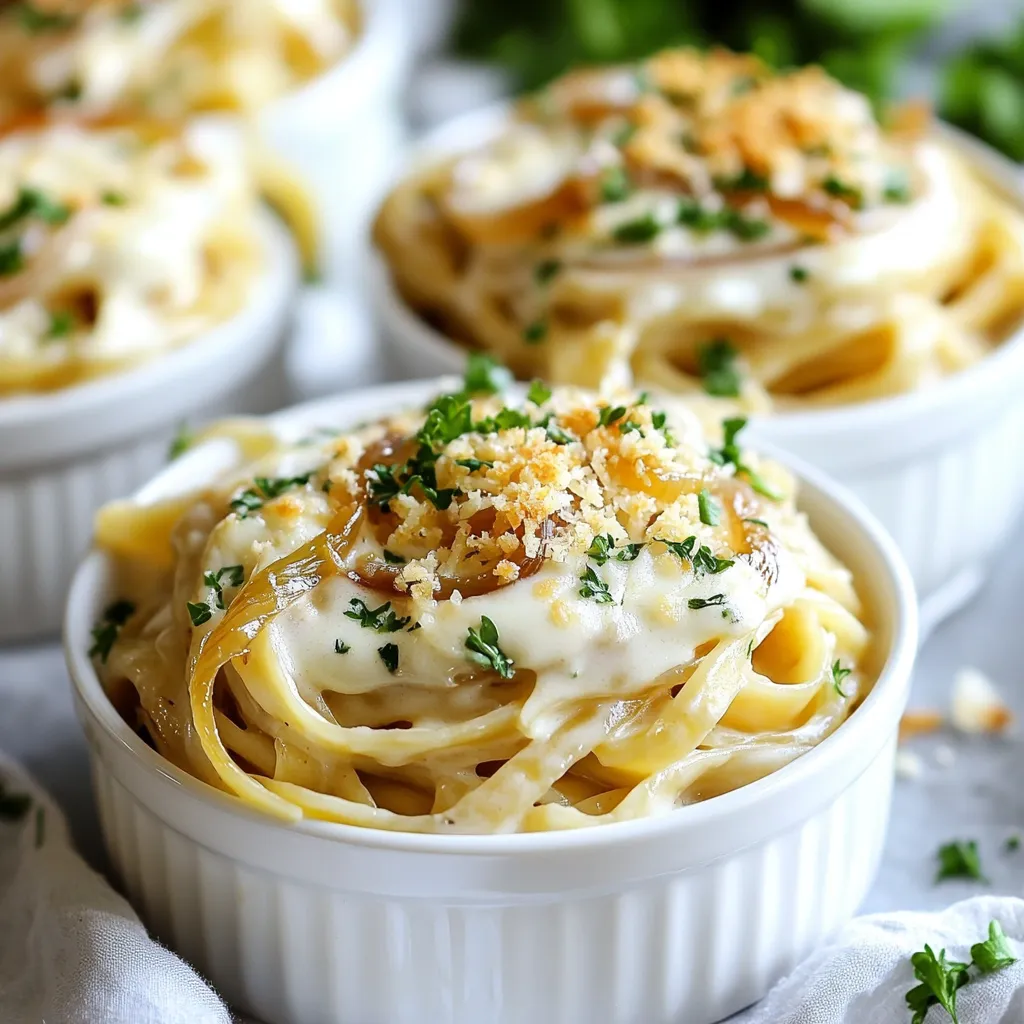Latest & Greatest
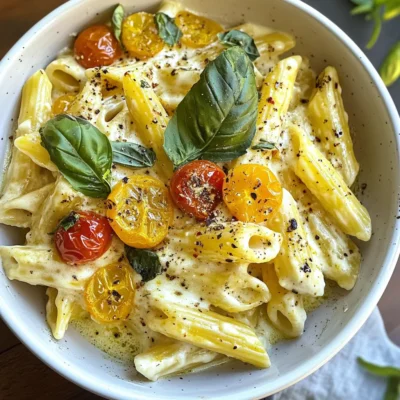
Baked Feta Pasta Flavorful and Simple Delight
If you’re looking for a dish that’s easy to make and full of flavor, you’ve found it! Baked Feta Pasta
Read more…
Classic Stuffed Peppers Quick and Easy Recipe
Stuffed peppers are a classic dish that’s both easy and delicious. In this quick and easy recipe, I’ll show you
Read more…
Minute Lemon Pepper Chicken Quick and Tasty Meal
Looking for a quick and tasty recipe that bursts with flavor? You’ll love this Minute Lemon Pepper Chicken! This dish
Read more…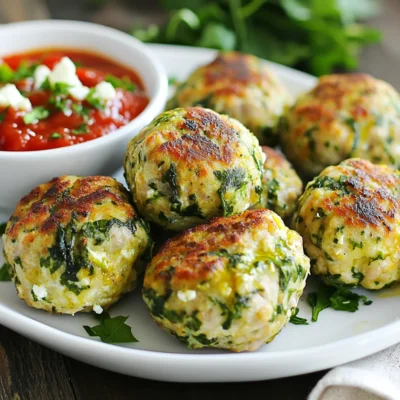
Savory Spinach Feta Turkey Meatballs Simple Recipe
Looking for a tasty dinner that’s easy to make? Try my Savory Spinach Feta Turkey Meatballs! Packed with flavor from
Read more…
Air Fryer Hibachi Chicken Tasty and Quick Recipe
Want to whip up a delicious meal in no time? This Air Fryer Hibachi Chicken recipe is quick and easy,
Read more…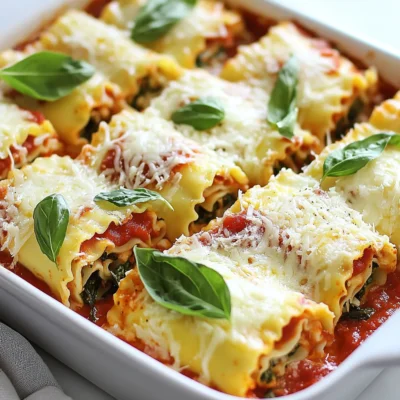
Easy Lasagna Roll Ups Savory and Simple Recipe
Are you ready to impress your family with a delicious dinner that’s both easy and fun to make? My Easy
Read more…
Tex-Mex Chicken Quinoa Bowls Flavorful and Healthy Dish
Looking for a dish that’s both healthy and tasty? You’ve found it! Tex-Mex Chicken Quinoa Bowls bring bold flavors and
Read more…
Mediterranean Baked Feta Eggs Flavorful Breakfast Dish
Start your day with a burst of Mediterranean flavor! Mediterranean Baked Feta Eggs is a delightful breakfast dish that combines
Read more…browse recipes

Vegan Chocolate Mug Cake Quick and Simple Recipe
Craving something sweet but short on time? This Vegan Chocolate Mug Cake is your answer! In just minutes, you can whip up a rich,…
My Latest Drinks
Strawberry Cheesecake Smoothie Creamy Refreshing Treat
Craving something delicious and cool? The Strawberry Cheesecake Smoothie is your answer! It blends creamy cheesecake flavors with sweet strawberries Read Full RecipeMocktail Pink Punch Refreshing and Easy Recipe
Are you ready to impress your guests with a delightful drink? This Mocktail Pink Punch recipe is both refreshing and Read Full RecipeBlue Lagoon Tropical Lemonade Refreshing and Zesty Drink
Looking for a drink that’s both refreshing and fun? Say hello to Blue Lagoon Tropical Lemonade! This colorful beverage packs Read Full RecipePumpkin Spice Coffee Creamer Flavorful Fall Treat
Are you ready to embrace the cozy vibes of autumn? In this blog post, I’ll guide you through making your Read Full RecipeApple Cider Margarita Mocktail Refreshing Fall Drink
Fall is here, and that means it’s the perfect time for a cozy drink! The Apple Cider Margarita Mocktail offers Read Full RecipePumpkin Spice Latte Copycat Cozy and Comforting Recipe
Craving that warm, cozy feeling of fall? You can enjoy a delicious Pumpkin Spice Latte at home! In this article, Read Full Recipe
My Latest Dinners
White Bean Soup Simple and Hearty Delight
Looking for a warm and filling meal? Let me introduce you to white bean soup! This simple and hearty delight Read Full RecipeGarlic Herb Roasted Sweet Potatoes Flavorful Side Dish
Looking for a side dish that’s both tasty and easy to make? Garlic Herb Roasted Sweet Potatoes are the answer! Read Full RecipeOne Pot Beef Taco Pasta Easy and Flavorful Meal
Looking for a quick and tasty meal? One Pot Beef Taco Pasta is the perfect dish! This recipe packs bold Read Full RecipeGarlic Chicken Zucchini Noodles Stir Fry Delight
Are you ready for a tasty twist on dinner? My Garlic Chicken Zucchini Noodles Stir Fry is a quick and Read Full RecipeStuffed Italian Meatloaf Easy and Tasty Recipe
Are you ready to elevate your dinner game? This Stuffed Italian Meatloaf is both easy and tasty! In this article, Read Full RecipeOne Pot French Onion Pasta Flavorful Comfort Dish
Looking for a cozy dinner that warms your soul? Try my One Pot French Onion Pasta! This creamy, rich dish Read Full Recipe
hey,
i’m !
I’m so happy you’re here!
Every dish I share is made with love and care. I hope they bring you the same comfort and joy they bring me. Let’s make memories, one recipe at a time.
Autumn Sausage Squash Pasta Cozy and Flavorful Meal
Welcome to your new favorite fall recipe! Autumn Sausage Squash Pasta is not just a meal; it’s a warm hug on a plate. With…
